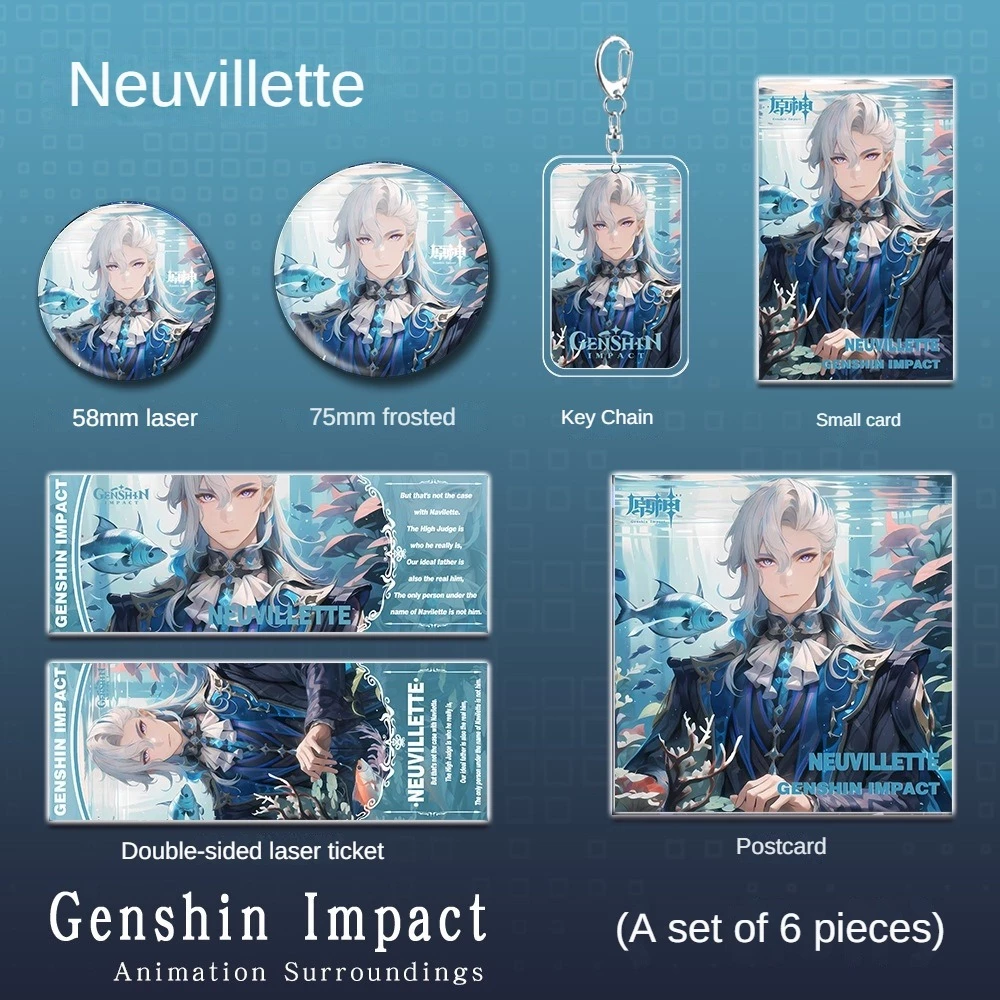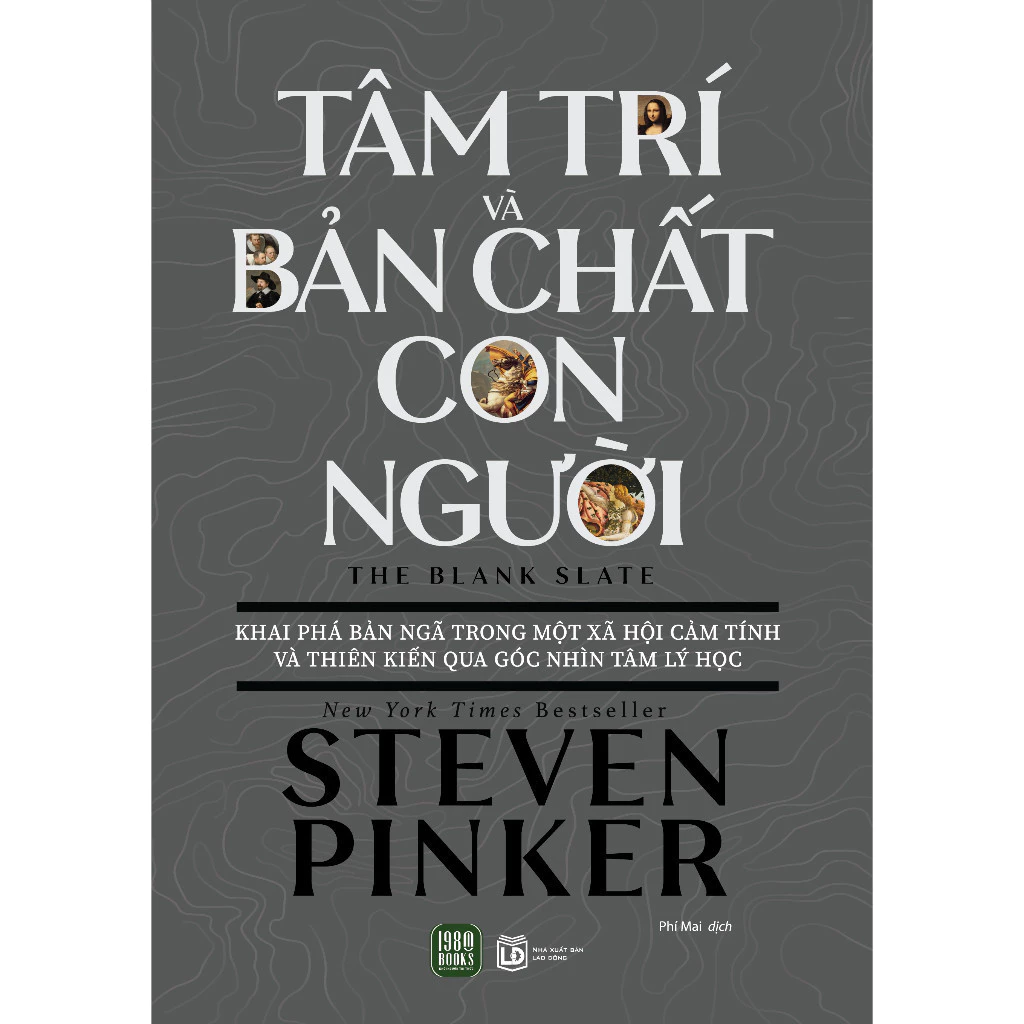Tái sinh (Phật giáo)
| Một phần của loại bài về |
| Phật giáo |
|---|
 |
|
|
Tái sinh hay tái sanh, tái kiếp trong Phật giáo đề cập đến giáo lý cho rằng nghiệp của một con người sẽ dẫn dắt đến một cuộc sống mới sau khi chết, trong một vòng không bao giờ chấm dứt gọi là luân hồi (saṃsāra).[1][2] Vòng luân hồi này được xem là khổ (dukkha), không thỏa mãn và đau đớn. Vòng luân hồi chỉ dừng lại nếu đạt được giải thoát bằng giác ngộ và dập tắt tham, sân, si.[3][4] Tái sinh là một trong những học thuyết quan trọng của Phật giáo, cùng với nghiệp (Karma), niết bàn (nirvana) và giải thoát (moksha).[1][3][5]
Học thuyết tái sinh trong Phật giáo đôi khi được đề cập đến như là đầu thai hoặc luân hồi, xác nhận rằng việc tái sinh không nhất định phải thành một con người, mà vào một trong sáu cõi (Gati) gọi là hữu luân (Bhavachakra).[4] Sáu cõi luân hồi bao gồm Thiên (Deva), A-tu-la (Asura), Nhân (Manusya), Súc sanh (Tiryak), Ngạ quỷ (Preta), và Địa ngục (Naraka).[4][6][note 1] Theo những truyền thống Phật giáo thì sự tái sinh này được quyết định bởi nghiệp lực, với thiện nghiệp (Kushala) thì sinh vào cõi tốt, và ác nghiệp (Akushala) thì bị sinh vào cõi xấu.[4] Trong khi Niết Bàn mới là mục đích sau cuối của giáo lý Phật giáo, nhiều pháp môn Phật giáo lại tập trung vào việc đạt được phước đức và hồi hướng công đức, nhờ đó con người có thể tái sinh vào cõi thiện và tránh tái sinh vào cõi ác.[4][8][9][note 2]
Chú giải
[sửa | sửa mã nguồn]Chú thích
[sửa | sửa mã nguồn]- ^ a b Peter Harvey (2012). An Introduction to Buddhism: Teachings, History and Practices. Cambridge University Press. tr. 32–33, 38–39, 46–49. ISBN 978-0-521-85942-4.
- ^ a b Norman C. McClelland (2010). Encyclopedia of Reincarnation and Karma. McFarland. tr. 226–228. ISBN 978-0-7864-5675-8.
- ^ a b c d e f Robert E. Buswell Jr.; Donald S. Lopez Jr. (2013). The Princeton Dictionary of Buddhism. Princeton University Press. tr. 708–709. ISBN 978-1-4008-4805-8.
- ^ Edward Craig (1998). Routledge Encyclopedia of Philosophy. Routledge. tr. 402. ISBN 978-0-415-18715-2.
- ^ Obeyesekere, Gananath (2005). Karma and Rebirth: A Cross Cultural Study. Motilal Banarsidass. tr. 127. ISBN 978-8120826090.
- ^ Nanamoli Bhikkhu; Bhikkhu Bodhi (2005). The Middle Length Discourses of the Buddha: A Translation of the Majjhima Nikaya. Simon Schuster. tr. 1029–1038. ISBN 978-0-86171-982-2.
- ^ a b William H. Swatos; Peter Kivisto (1998). Encyclopedia of Religion and Society. Rowman Altamira. tr. 66. ISBN 978-0-7619-8956-1.
- ^ a b Ronald Wesley Neufeldt (1986). Karma and Rebirth: Post Classical Developments. State University of New York Press. tr. 123–131. ISBN 978-0-87395-990-2.
Tham khảo
[sửa | sửa mã nguồn]- Anderson, Carol (1999). Pain and Its Ending: The Four Noble Truths in the Theravada Buddhist Canon. Routledge. ISBN 978-1-136-81332-0.
- Ñāṇamoli, Bhikkhu (trans.) and Bodhi, Bhikkhu (ed.) (2001). The Middle-Length Discourses of the Buddha: A Translation of the Majjhima Nikāya. Boston: Wisdom Publications. ISBN 0-86171-072-X.
- Anderson, Carol (2013), Pain and Its Ending: The Four Noble Truths in the Theravada Buddhist Canon, Routledge
- Buswell, Robert E. Jr.; Lopez, Donald Jr. (2003), The Princeton Dictionary of Buddhism, Princeton University Press
- Carter, John Ross (1987), “Four Noble Truths”, trong Jones, Lindsay (biên tập), MacMillan Encyclopedia of Religions, MacMillan
- Davidson, Ronald M. (2003), Indian Esoteric Buddhism, Columbia University Press, ISBN 0-231-12618-2
- Gombrich, Richard F (1997). How Buddhism Began: The Conditioned Genesis of the Early Teachings. Routledge. ISBN 978-1-134-19639-5.
- Harvey, Graham (2016), Religions in Focus: New Approaches to Tradition and Contemporary Practices, Routledge
- Harvey, Peter (2013), An Introduction to Buddhism, 2nd Edition, Cambridge University Press, ISBN 978-0521676748
- Kalupahana, David J. (1992), A history of Buddhist philosophy, Delhi: Motilal Banarsidass Publishers Private Limited
- Keown, Damien (2000), Buddhism: A Very Short Introduction , Oxford University Press
- Kingsland, James (2016), Siddhartha's Brain: Unlocking the Ancient Science of Enlightenment, HarperCollins
- Lopez, Donald, jr. (2009), Buddhism and Science: A Guide for the Perplexed, University of Chicago Press
- Makransky, John J. (1997), Buddhahood Embodied: Sources of Controversy in India and Tibet, SUNY
- Samuel, Geoffrey (2008), The Origins of Yoga and Tantra: Indic Religions to the Thirteenth Century, Cambridge University Press
- Schmidt-Leukel, Perry (2006), Understanding Buddhism, Dunedin Academic Press, ISBN 978-1-903765-18-0
- Snelling, John (1987), The Buddhist handbook. A Complete Guide to Buddhist Teaching and Practice, London: Century Paperbacks
- Spiro, Melford E. (1982), Buddhism and Society: A Great Tradition and Its Burmese Vicissitudes, University of California Press
- Trainor, Kevin (2004), Buddhism: The Illustrated Guide, Oxford University Press, ISBN 978-0-19-517398-7
- Williams, Paul (2002), Buddhist Thought , Taylor & Francis
Website tham khảo
[sửa | sửa mã nguồn]Xem thêm
[sửa | sửa mã nguồn]- Steven Collins, Selfless Persons: Imagery and Thought in Theravada Buddhism, Cambridge, 1982. ISBN 0-521-39726-X
- Peter Harvey, The Selfless Mind: Personality, Consciousness and Nirvana in Early Buddhism, Curzon, 1995. ISBN 0-7007-0338-1
- Geshe Kelsang Gyatso, Living Meaningfully, Dying Joyfully: The Profound Practice of Transference of Consciousness, Tharpa, 1999. ISBN 81-7822-058-X
- Glenn H. Mullin, Death and Dying: The Tibetan Tradition, Arkana, 1986. ISBN 0-14-019013-9.
- Mullin, Glenn, H. (1998). Living in the Face of Death: The Tibetan Tradition. 2008 reprint: Snow Lion Publications, Ithica, New York. ISBN 978-1-55939-310-2.
- Vicki MacKenzie, Reborn in the West, HarperCollins, 1997. ISBN 0-7225-3443-4
- Tom Shroder, Old Souls: Scientific Search for Proof of Past Lives, Simon and Schuster, 2001. ISBN 0-684-85193-8
- Francis Story, Rebirth as Doctrine and Experience: Essays and Case Studies, Buddhist Publication Society, 1975. ISBN 955-24-0176-3
- Robert A.F. Thurman (trans.), The Tibetan Book of the Dead: Liberation Through Understanding in the Between, HarperCollins, 1998. ISBN 1-85538-412-4
- Martin Willson, Rebirth and the Western Buddhist, Wisdom Publications, 1987. ISBN 0-86171-215-3
- Nagapriya, Exploring Karma and Rebirth, Windhorse Publications, Birmingham 2004. ISBN 1-899579-61-3
Liên kết ngoài
[sửa | sửa mã nguồn]- A Buddhist Ethic Without Karmic Rebirth? Article by Winston L. King
- Dhamma Without Rebirth? Essay by Bhikkhu Bodhi
- Does Rebirth Make Sense? Essay by Bhikkhu Bodhi
- Causal Relationship Lưu trữ 2018-01-15 tại Wayback Machine An analysis of Paṭiccasamuppāda in the Nikāyas
 GIẢM
24%
GIẢM
24%
 GIẢM
5%
GIẢM
5%
 GIẢM
50%
GIẢM
50%
 GIẢM
-26%
GIẢM
-26%
 GIẢM
15%
GIẢM
15%
 GIẢM
17%
GIẢM
17%
![[Tóm tắt và đánh giá sách] Mindset - Sức mạnh của việc đổi mới tư duy](https://images.spiderum.com/sp-images/ea98b95055f511ee8b4f03a873823375.jpeg)


